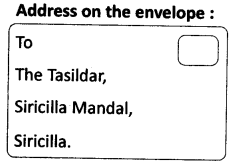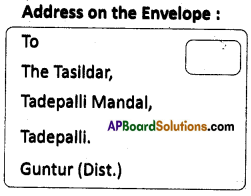AP State Board Syllabus AP SSC 10th Class Social Studies Important Questions Chapter 21 Social Movements in Our Times.
AP State Syllabus SSC 10th Class Social Studies Important Questions 21st Lesson Social Movements in Our Times
10th Class Social 21st Lesson Social Movements in Our Times 1 Mark Important Questions and Answers
Question 1.
Read the given may and answer the question:
 In which state, Indira Sagar Project is located and on which river?
In which state, Indira Sagar Project is located and on which river?
Answer:
Madhya Pradesh, River Narmada.
![]()
Question 2.
Identify one state for each movement in given India’s political map relating to the following social movements.
Answer:
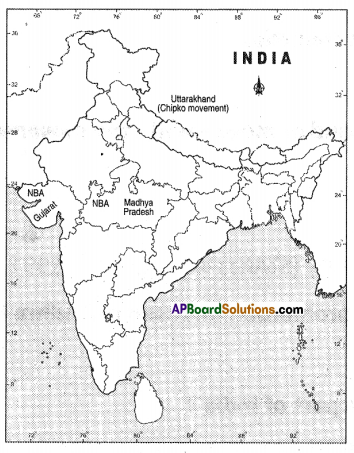
- Narmada Bachao Andolan
- Chipko Movement
Question 3.
Why did the black Americans begin the Civil Rights Movements in 1960s?
Answer:
The blank Americans began the Civil Rights Movements in 1960s
- Segregation of the Blacks and Whites (in schools, buses and public places).
- Discrimination in appointments, housing and in voting rights.
Question 4.
Name the two movements related to Narmada Bachao Movement
Answer:
The two movements related to Narmada Bachao Movement are
- Movement of Indigenous people.
- Movement against neo-liberal policies.
Question 5.
What did the American Civil Rights Movements fight for?
Answer:
The American Civil Rights Movement fought for equal treatment of Afro-Americans against permitting segregation.
Question 6.
When was Washington March conducted?
Answer:
Washington March was conducted on 28th August 1963.
Question 7.
Where was Narmada Bachao Andolan Movement taken place?
Answer:
In Gujarat and Madhya Pradesh.
![]()
Question 8.
Who led Narmada Bachao Andolan?
Answer:
Medha Patkar led Narmada Bachao Andolan.
Question 9.
Where was the Chernobyl nuclear plant?
Answer:
The Chernobyl nuclear plant was in the USSR.
Question 10.
In which year was arrack officially banned?
Answer:
In 1993.
Question 11.
Which dominated the world during the first half of the 20th century?
Answer:
The world during the first half of the 20th century was dominated by great wars, revolutions, the emergence of German Fascism, Soviet Socialism, Western liberalism, national liberation movements, etc.
Question 12.
Name two anti-Communist countries.
Answer:
The USA and the UK.
Question 13.
Which decades saw a new kind of movement – the movement against war and nuclear arms?
Answer:
The 1970s and 1980s.
Question 14.
When was START signed?
Answer:
Strategic Arms Reduction Treaty (START) was signed in 1991.
Question 15.
When was the total arrack prohibition imposed in Andhra Pradesh?
Answer:
In 1995.
Question 16.
When was Manipur made a part of India?
Answer:
The kingdom of Manipur signed a merger agreement with India in 1949 and Manipur was made a part of India.
![]()
Question 17.
When did the Greenpeace Movement start in Europe?
Answer:
The Greenpeace movement initially started as a protest in 1971 against the American underwater nuclear tests near Alaska.
10th Class Social 21st Lesson Social Movements in Our Times 2 Marks Important Questions and Answers
Question 1
Do you agree with the view that equal participation of men and women and equal opportunity for them is necessary for freedom and development of the country?
Answer:
- Yes, I agree with this view.
- Because the women contribute nearly half of the participants in all aspects.
Question 2.
What were the reasons for the American civil rights movement?
Answer:
- One of the most important civil rights movements was the American Civil Rights Movement.
- It fought for equal treatment of Afro-Americans of Black Americans and against rules that permitted segregation of blacks and whites in schools, buses, and public places and discriminated against them in appointments, housing, and even voting rights.
Question 3.
Read the map given below and answer the following questions.

i) In which state, was Sardar Sarovar Project constructed?
Answer:
Gujarath.
ii) Name the movement that was held against the construction of dams on river Narmada.
Answer:
Narmada Bachao Andolan.
Question 4.
Create two slogans on ‘Environmental Protection.
Answer:
- No chemicals – Go organic.
- Conserve water – Conserve life.
- Grow trees – Save earth.
Question 5.
Write the main reasons for Assam movement.
Answer:
- Demand for autonomy.
- Domination of Bengalis.
- Migration from Bangladesh.
- Fear of losing their cultural roots.
- Trade and other establishments were in the hands of outsiders.
- No preference in employment for locals.
![]()
Question 6.
What would you do, if you were to solve the problem of liquor prohibition?
Answer:
- Bringing awareness among the people.
- Proper implementation of the laws.
- Formation of village committees.
- Making involvement of women.
Question 7.
During the last few decades, why is the pollution increasing day by day?
Answer:
- Nowadays industries are increasing due to that they release more chemicals and pollution is increasing.
- Nowadays every person has a power-driven vehicle due to that pollution is increasing.
- Farmers are using more pesticides and fertilizers, due to that pollution increases. Due to de-forestation, CO2 reaches more in the atmosphere then pollution increases very highly.
Question 8.
What were the four main demands of Bhopal gas victims?
Answer:
- Proper medical treatment of the victims.
- Adequate compensation for them based on international standards.
- Fixing criminal responsibility for the disaster on the management of the multinational company.
- Steps to prevent disasters in the future.
Question 9.
Prepare a pamphlet on the importance of the Environment.
Answer:
Importance of Environment
- The surroundings in which living and non-living things are present is known as the environment.
- For living things environment provides basic needs for staying alive.
- We get food, shelter and cloth from the environment.
- Tourism people go the jungle to observe animals and for their different characteristics.
- The forest, ocean and sky environment provides shelter to various animals.
- It also provides home for us.
Question 10.
Read the following paragraph and write your opinion.
“A large section of people who actively participated in the civil rights movement were black women, who felt that their voice was not being heard even within the movement which was dominated by men. In fact, no woman was allowed to speak in the famous Washington March. They felt that women needed to assert themselves for the equality of women.”
Answer:
This paragraph is about the inequalities in the society. Women discrimination is discussed. Their voice was not being heard. It means they were not allowed to say what they demand. Many of the black women participated in the Civil rights movement but not even a single woman was allowed to speak is the March. The women came to know that they should fight for their rights.
There was strong discrimination between the Whites and the Blacks. Especially the black women had no rights. The Americans purchased the black people from Nigeria and other African countries as if they purchase different commodities. They were treated as slaves. In 1960s there was a segregation of blacks and whites in schools, buses and public places. The blacks were discriminated against in appointments, housing and even in voting rights. So there was a movement against this discrimination.
White Aryan supremacy was the reason for this segregation. The Americans, the English, and French, and the Germans feel that they are Nordic race and their race is the supreme one. Dr. Martin Luther King delivered a speech that he had a dream that his children would one day live in a nation where they would not be judged by the colour of skin.
Discrimination is there in different forms. At the time of Second World War, in Germany, millions of Jews were killed.Caste based discrimination was there in India. Nowadays this discrimination is reduced.
Special status is being given to some people based on their birth or position. In these days, everyone is coming out for study and employment. As this was not there, the movements began. Nowadays the women occupied many high positions. Banks, political parties are also being run by the women. About five states in India are being ruled by the women. Many IAS, IPS officers are there from women.
In conclusion, the women should be given priority, even in family matters. The head of the family may be the women. She could play a crucial role in taking decisions. Equal rights are to be given to women. They should be encouraged for higher education. There voice is to be given respect. In political scenario the wives of leaders occupied some positions but their husbands are ruling. This shouldn’t happen. Let the elected rule of themselves. I hope to see the world without any sort of discrimination.
![]()
Question 11.
What are the losses incurred due to Bhopal gas disaster?
Answer:
The losses incurred due to Bhopal gas disaster:
- Thousands of people lost their lives.
- Many people became homeless.
- Still people are suffering from its ill effects.
- It caused damage to the environment.
Question 12.
What is the result of the anti-nuclear movement?
Answer:
- Thousands of scientists and intellectuals from across the world campaigned for abolishing all nuclear weapons and insisted that USA and USSR come to an agreement to end the Arms Race.
- Massive protests took place against the governments weaponisation policies and demanded them to reduce nuclear arms and work towards peace on a long term.
- The USA and the USSR began the race to cut down their nuclear arsenal.
- Strategic Arms Limitation talks were unsuccessful.
- A Treaty was signed in 1991 called Strategic Arms Reduction Treaty (START)
- In late 2001, according to this treaty, 80% of the all strategic weapons then in existence were removed.
Question 13.
What is the effect of globalisation on people?
Answer:
- Tribal and marginal farmers are being threatened by commercial farmers, mining corporations, dam projects, etc.
- As large companies find rare resources in remote rural areas there has been a rapid increase in the ousting of the farming and tribal population.
- This led to the destruction of tribal cultures.
- So they became most vulnerable section of the society.
- These gave rise to environmental movements.
- Poor families, landless workers, women, industrial workers, and workers in unorganized sectors have been worst hit.
Question 14.
Read the passage and answer the following question.
“We, the undersigned, as American men of draftage, may be asked by our government to participate in the war in Vietnam. We have examined the history and the nature of this war, and have reached the conclusion that our participation in it would be contrary to the dictates of our consciences.
We therefore declare our determination to refuse military service (all citizens are required to do so by law) while the United States is fighting in Vietnam. Our intention in signing this statement is to unite with other draftage men who share our convictions, in order to turn our personal moral rejection of this war into effective political opposition to it.”
Give your opinion on the above article.
Answer:
- Here the people in the USA were refusing to be drafted into the army to fight in the Vietnam war.
- They were saying that they had examined the history and the nature of the war.
- Participation was contrary to the dictates of their consciences.
- So they are refusing to join into military services.
- They signed on the statement in order to create political opposition to the war.
- The article was a trendsetter as people’s rejection to war was established in the statement.
![]()
Question 15.
Why have social movements arised?
Answer:
- Social movements have raised diverse demands of environment or human rights or equality.
- In some contexts, these resist changes that are forced on them.
- In some contexts, these demand for change.
- These often distant from individual political parties and more united under a single cause.
- Their programmes are envisaged through participatory and democratic manner.
- Social movements arise when people feel that their expectations were unmet by political systems.
Question 16.
‘The second half of the 20th -century was an era of growth, prosperity and growing tensions’ – Comment.
Answer:
- With the end of the Second World War and the independence of colonies and semi-colonies like India, China, Indonesia, Nigeria and Egypt by mid 1950s a new era began in the world.
- This was an era of economic growth and prosperity for most of the countries, but also of growing tensions in many countries.
- Sections of societies which had long been denied equal rights came out asserting their rights.
Question 17.
Write the names of any two important treaties among the nations to prevent nuclear weapons.
Answer:
The USA and the USSR, the main competitors in the arms race began talks to cut down their nuclear arsenal.
- SALT – Strategic Arms Limitation Talks.
- START – Strategic Arms Reduction Treaty.
Question 18.
Read the given passage.
Manipur today is composed of two distinctive geographical terrains: the valley and the hills. Before independence, the valley was under princely rule and the hill areas were relatively autonomous, mainly inhabited by the tribal population. In 1891 the British established their I control over the region though the king continued to rule the kingdom. The kingdom of Manipur signed a merger agreement with India in 1949 and Manipur was made a part of India. This agreement was disputed by many tribes which argued that they had been autonomous and did not agree to be a part of India.
Answer the following questions.
a) When did the British establish their control over the Manipur?
Answer:
British established their control oyer Manipur in 1891.
b) When has Manipur signed a merger agreement with India?
Answer:
Manipur signed a merger agreement with India in 1949.
c) Name the two distinctive geographical terrains of Manipur.
Answer:
Two distinctive geographical terrains in Manipur are 1) Hills and 2) Valleys.
![]()
Question 19.
The raise in the price level of oil will severely affect the social life-Express your opinion.
Answer:
- The raise in the price level of oil will severely affect social life.
- The raise in the price levels of oil will lead to raise in the transportation costs.
- It’s raise leads to raise in the prices of essential commodities.
- As we depend a lot on oil imports, it’s cost raise will charge a lot on our exchequer.
10th Class Social 21st Lesson Social Movements in Our Times 4 Marks Important Questions and Answers
Question 1.
Write an essay on ‘Appreciating the prominence of the basic features of Social Movements”.
Answer:
- Social movements have been a powerful means for ordinary people to participate directly in creating positive social change.
- There are deeply grounded in our founding values of security, culture, justice, democracy, civil rights, etc.
- Social movements have raised diverse demands cutting across the strict boundary of environment establishing equality.
- Most of the social movements are non-violent and often a distance from individual political parties and are more united under a single cause.
For all these conditions we can appreciate the basic features of the Social Movements.
Question 2.
Explain the Meira Paibi Movement.
Answer:
- Meira Paibi (in Meitei language) literally can be translated as ‘torch bearers’.
- Meira Paibi originated as a movement to prevent public disorder due to alcohol abuse in the late 1970s.
- But, it soon became a movement for human rights with the massive deployment of Indian armed forces to counter the armed movement in the early 1980s.
- This resulted in frequent military operations and human rights violations. The Meira Paibi responded instantly with protest demonstrations.
- The Meira Paibi took to patrolling the streets at night.
- Women of every leikai or ward of every town and village participated in the daily patrolling.
- Bearing no weapons but only the bamboo and rag kerosene torches.
- These are not activists or politically inclined women, Meira Paibi group has also been demanding that AFSPA be revoked.
![]()
Question 3.
Explain the impact of globalisation and neo-liberalism on the lives of marginalised people.
Answer:
- Tribal people, poor farmers, landless workers, women and the workers in the unorganised sector have been worst hit.
- They have no access to better education and skills.
- As a result, they are not able to get better-paying jobs or legal or other constitutional remedies.
- Due to the activities such as mining and construction of major projects, many tribal people and farmers are being displaced.
Question 4.
Estimate the pros and cons of building Multipurpose projects.
Answer:
Pros:
- Huge amounts of water could be stored.
- Agriculture could be developed.
- A large amount of electricity could be generated.
- Floods and droughts could be controlled.
Cons:
- Local people will be displaced.
- It is not really possible to rehabilitate all the displaced people properly.
- Bio-diversity will be damaged.
- Water storage and electricity generation were actually less than those were assumed.
- Sometimes the construction of dams may cause earthquakes.
Question 5.
Observe the following table and write a paragraph analysing it.
| Rank in Total Emissions in 2011 | Country | 2011 Total Carbon dioxide emissions from the consumption of Energy (million metric tons) | Per capita Carbon di-oxide emissions from the consumption of Energy (Metric tons) |
| 1 | China | 8715.31 | 6.52 |
| 2 | USA | 5490.63 | 17.62 |
| 3 | Russia | 1788.14 | 12.55 |
| 4 | India | 1725.76 | 1.45 |
| 11 | UK | 496.80 | 7.92 |
| 15 | Indonesia | 726.79 | 1.73 |
Answer:
- The above table shows that how many million tonnes of carbon dioxide is emitted in 2011 by some of the countries like China, USA, Russia, India, UK & Indonesia while they are using energy resources.
- According to this, they are given ranks also to the countries on the base of emission of carbon dioxide.
- In the above table, over all China emitted more million tonnes, but in percapita USA emitted more metric tonnes.
In this one China, USA, Russia occupies first three places in the emission of carbon dioxide which are highly industrialised countries. These are the main responsible for global warming in the world and creating natural hazards and disasters in the world. Due to that climatic changes are taken place very rapidly and causes to destroy life at present and future also. - If it continues the whole world will suffer very highly, that’s why every country takes the responsibility and reduce the emission of carbon dioxide more and follow the safe and scientific measure and protect the atmosphere, environment and human beings also.
![]()
Question 6.
Write about the advantages and problems the people faced, due to the construction of Dams.
Answer:
Advantages: They do not only help in irrigation but also in electricity generation, water supply for domestic and industrial uses, flood control, recreation, inland navigation and fish breeding.
Disadvantages: Due to the Dam construction people lost their fertile land. Tribal people lost the forest land and their livelihood. People are displaced from their native place to other places. It maintains more expenditure also. It also induced earthquakes, caused water-borne diseases and pests and pollution resulting from excessive use of water.
Question 7.
Read the following paragraph and write your opinion.
The economic and political changes happening world wide since 1990s, which go by the name pf ‘globalisation’ or ‘neo-liberalism’ have deeply impacted the lives of the underprivileged and poor. Tribal people, poor farmers, landless workers, women, urban poor working in the unorganised sector and industrial workers have been the worst hit. By and large these are also the people without access to formal education or adequate nutrition and health.
Answer:
This paragraph is about the consequences of globalisation. It mainly influences the poor people and tribal people and it affects workers working in the unorganised sector. The people who are illiterates and under-nutritious are mostly affected.
Due to technological advancement, various machinery came out. The developed technology is influencing all the sectors. In agriculture combined harvesters, threshers are used. Tractors and transplantation machines are used and so labourers lost their livelihoods Due to railways and dams the tribal people are affected. When railways are taken up for extension many of the trees are cut for keeping under the rails. Hence the forest dwellers face problems of displacement. When government plans for constructing dams to increase irrigation facilities it is compulsory to
construct near forests. These lead to the displacement of tribal people. Many of these people are illiterates. Many tribal people lost their livelihoods such as collecting honey, nuts and seeds. Industrial belts also increased near the outskirts of cities and towns. This leads to pollution. Many rural illiterates are affected by this. Computers, IT,
Telecommunication, transportation increased and so the poor and the tribals are impacted.
My suggestion to the government is that it should take care of the people about their displacement. Proper compensation is to be given on time. Officers also should implement existing laws.
Question 8.
What are the ways in which the Black Americans protested with the government?
Answer:
- The Black Americans suffered a lot as the government permitted segregation in schools and buses.
- There was discrimination against them in appointments, housing, and even in voting rights.
- They took up the Civil Rights Movement.
- It Is of non-violent nature.
- They gave massive demonstrations, marches, civil disobedience and boycott of discriminatory services.
- They boycotted the buses for one year long.
- More than two lakh people conducted the Washington March.
- These are the ways in which they protested.
Question 9.
Read the following paragraph and answer the question.
Initially, the Sardar Sarovar Project was expected to be built with money borrowed from World Bank. After Intense protests, mobilisation, marches, hunger fasts and an international campaign World Bank decided to withdraw its funding.
Is it possible to build factories or projects or powerplants without throwing out farmers or tribal people?
Answer:
- Most of the times it is possible to build factories, mines or power plants without throwing out the farmers or the tribal people.
- Because they need infrastructural facilities and raw material.
- .For that Government should think of alternatives.
- Protection of the interests of the farmers and tribals also lies with the government.
- The government should see that no damage is done to any sections of people.
- Compensations in terms of land, money or job are to be properly calculated.
- Government has to go for alternatives if the interests of any section of people are hurt.
![]()
Question 10.
Answer the following questions after studying the table.
| Sl. No. | Movement | Place | Leaders |
| 1. | Civil Rights Movement | America | Dr. Martin Luther King |
| 2. | Narmada Bachao Andolan | Gujarat, Madhya Pradesh | 1) Medha Patkar 2) Bava Mahalia |
| 3. | Anti-arrack Movement | Andhra Pradesh | Rosamma |
| 4. | Anti AFSPA | Manipur | Irom Sharmila |
a) Which state witnessed anti-arrack movement?
Answer:
Andhra Pradesh is the state which witnessed anti-arrack movement.
b) Which movement was led by Med ha Patkar?
Answer:
Narmada Bachao Andolan was led by Medha Patkar.
c) Who led the Civil Rights Movement in America?
Answer:
Dr. Martin Luther King led the Civil Rights Movement in America.
d) Name the movement that took place in Manipur.
Answer:
Anti AFSPA is the movement that took place in Manipur.
e) Where was Narmada Bachao Andolan Movement taken place?
Answer:
Narmada Bachao Andolan was taken place in Gujarat and Madhya Pradesh.
Question 11.
Answer the following questions after studying the table.
| Vietnam | The USA | |
| Civilian deaths | 8 to 30 lakhs | Nil |
| Military deaths | 8 to 30 lakhs | 58,000 |
| Physically handicapped | NA | More than 58,000 |
| War technique | Guerrilla warfare | Army, Air Force |
| Arsenal (Invented) | NIL | Chemical weapons and Napalm bombs |
a) What is the war technique of Vietnam?
Answer:
The war technique of Vietnam is Guerrilla warfare.
b) What are the inventions of the USA Arsenal?
Answer:
Chemical weapons and Napalm bombs are the inventions of U.S.A Arsenal.
c) Why were there no civilian deaths in war for the USA?
Answer:
The war was fought in Vietnam. So, none of the USA civilian deaths occurred there.
d) How many military deaths were there for the USA?
Answer:
There were 58000 military deaths for the USA.
e) How many civilian deaths were there for Vietnam?
Answer:
There were 8 to 30 lakh civilian deaths for Vietnam.
![]()
Question 12.
Read the following information.
| Article | Provisions |
| Article 3 | Everyone has right to life, liberty and security. |
| Article 5 | No one is subject to torture, or to cruel, inhuman treatment or punishment. |
| Article 7 | All are equal before law. |
| Article 9 | No one shall be subjected to arbitrary arrest detention, exile. |
| Article 10 | Everyone is entitled to a fair and public hearing by an independent and impartial judiciary. |
| Article 12 | No one shall be subjected to arbitrary interference with his privacy. |
| Article 13 | Everyone has right to freedom of movement and residence within the borders of our country. |
Read the passage and answer the following questions.
a) Which article protests, against the arbitrary arrest?
Answer:
Article 9.
b) What are the provisions of Article 10?
Answer:
According to article 10 everyone is entitled to a fair and public hearing by an independent and impartial judiciary.
c) Why are the above articles framed?
Answer:
The above articles are framed to protect civil and human rights.
d) Which article insists on equality before Saw?
Answer:
“Article 7” insists on equality before law.
Question 13.
Read the information and answer the following questions.
| S.No. | Name of the movement | Purpose | Who lead the movement |
| 1. | Civil Rights Movement of the USA of 1960’s. | Protest against discrimination of blocks in the USA | Martin Luther king 1960’s |
| 2. | Human Rights Movement | Human rights of freedom of expression and movement. | Alexander Solzhenitsyn and Andrei Sakharov. |
| 3. | Green Peace Movement | Banning of underwater nuclear tests | Mass Movement |
| 4. | Narmada Bhachao Andolan | Demand for a fair compensation | Meda Patkar and Bava Mahaliya |
| 5. | Anti-Arrack movement | Against liquor in Nellore in A.P. | Mass Movement |
| 6. | Meira Paibi Movement | To prevent public disorder due to alcohol abuse in Meitei in Manipuri. | Mass movement |
a) Write about civil rights movement of the USA.
Answer:
It was a movement to protest against discrimination of blacks in the USA in 1960s.
b) In which place Anti-Arrack movement in A.P. occurred?
Answer:
In Nellore District.
c) Name the movement that banned under water nuclear tests.
Answer:
Green Peace movement.
d) Who were the leaders of Human Rights Movement of the USSR.
Answer:
Alexander Solzhenitsyn and Andrei Sakharov.
![]()
Question 14.
What were the demands of the people of Bhopal regarding the great tragedy?
Answer:
- The worst industrial disaster in the world happened in Bhopal in 1984.
- Thousands of people lost their lives and many more are still suffering from its ill effects till date.
- Right from the beginning, the people of Bhopal have been fighting for four main demands.
- Proper medical treatment of the victims is the first.
- As the company was a multinational company, the compensation for them based on international standards.
- Third one is fixing criminal responsibility for the disaster on the management of the company.
- The fourth demand is to find steps to prevent such disasters in the future.
- While they have succeeded to some measure, they are still a long way to achieve all these demands.
Question 15.
Locate the following points on the outline map of world.
- USA
- USSR
- Vietnam
- Madhya Pradesh
- Andhra Pradesh
- Manipur
- Gujarat
- Hungary
- Poland.
Answer:

![]()
Question 16.
Locate the following in the given map of World.
- Estonia
- Atlantic Ocean
- Finland
- Hungary
- Europe
- Norway
- Sweden
- Greenland
- River Niger
- Turkey
Answer:

![]()
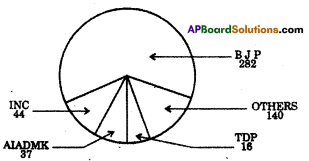 Answer:
Answer: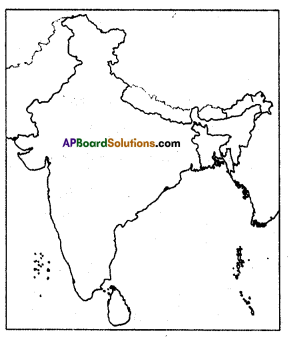
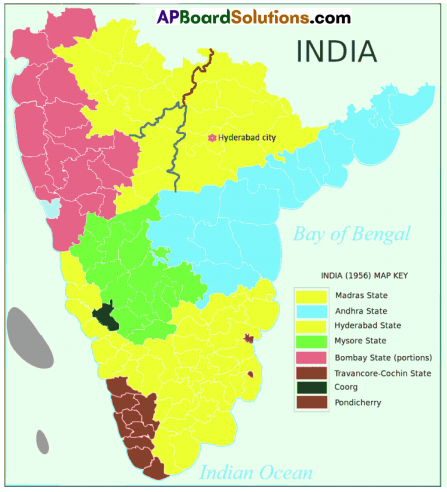
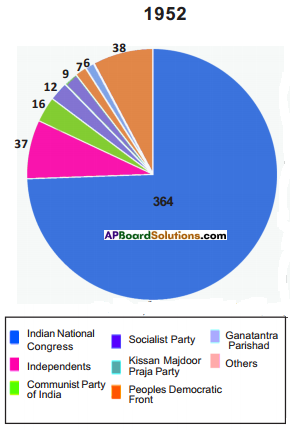 1. Which political party secured less seats ?
1. Which political party secured less seats ?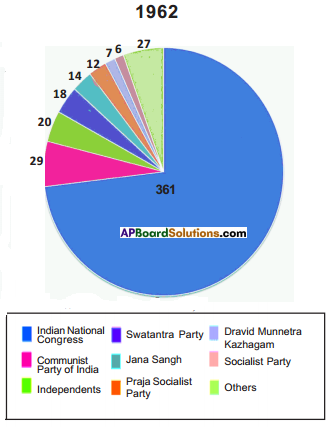
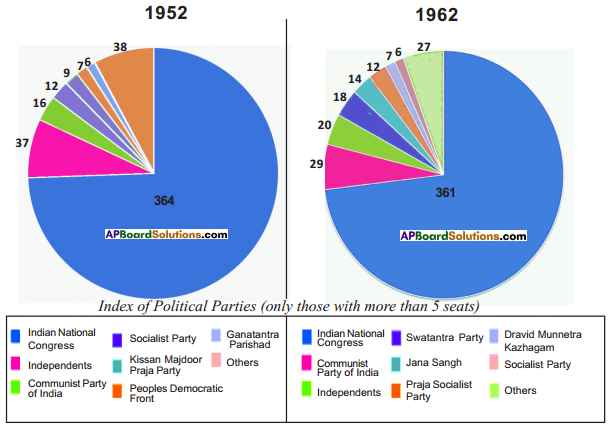 Compare the above Pie diagrams.
Compare the above Pie diagrams.


 Role of different sets of teeth in mastication:
Role of different sets of teeth in mastication: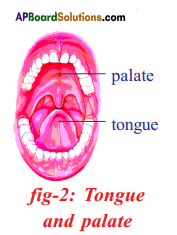

 Importance of mucus on the walls of food pipe :
Importance of mucus on the walls of food pipe :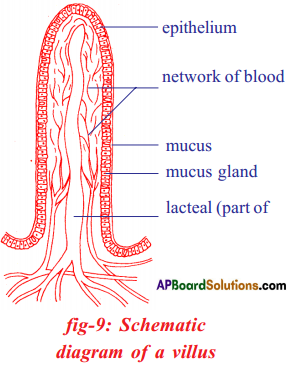 Coordination of digestive system with circulatory system :
Coordination of digestive system with circulatory system :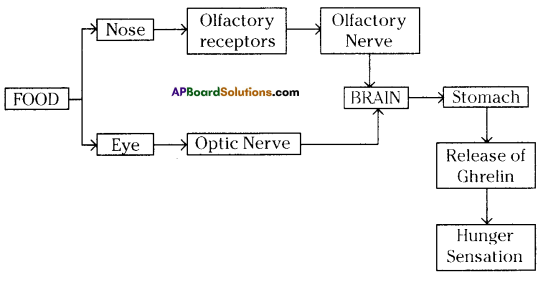
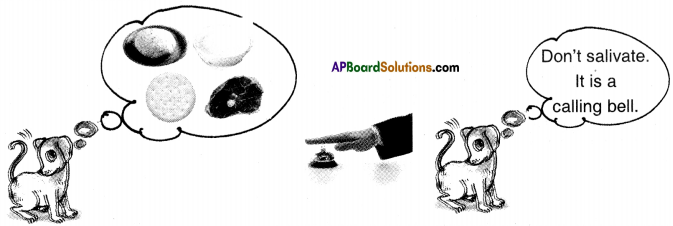
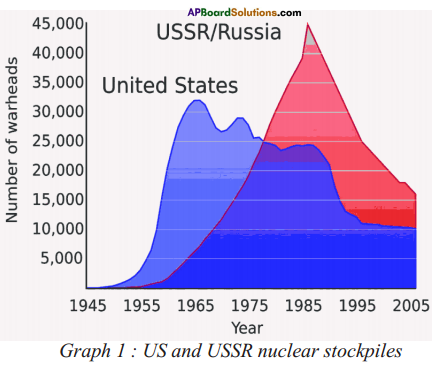 a) During 1955-2005, which country had the highest number of warheads?
a) During 1955-2005, which country had the highest number of warheads?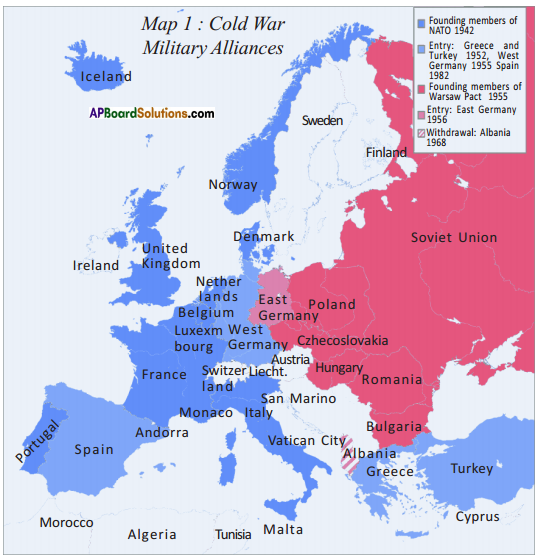
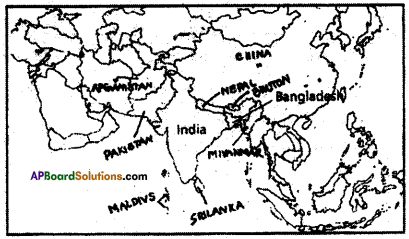 A) Write any two countries which are sharing boundary with India on the North-eastern side.
A) Write any two countries which are sharing boundary with India on the North-eastern side.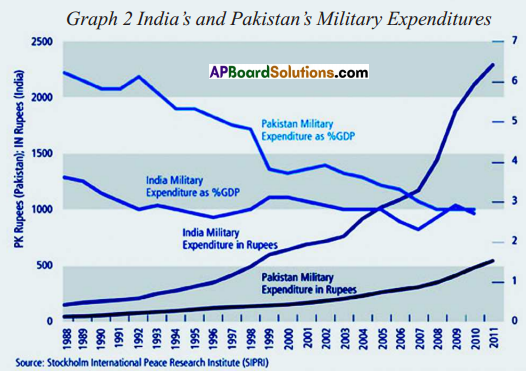 1. Which country had spent more on Military Expenditure in its GDP?
1. Which country had spent more on Military Expenditure in its GDP?
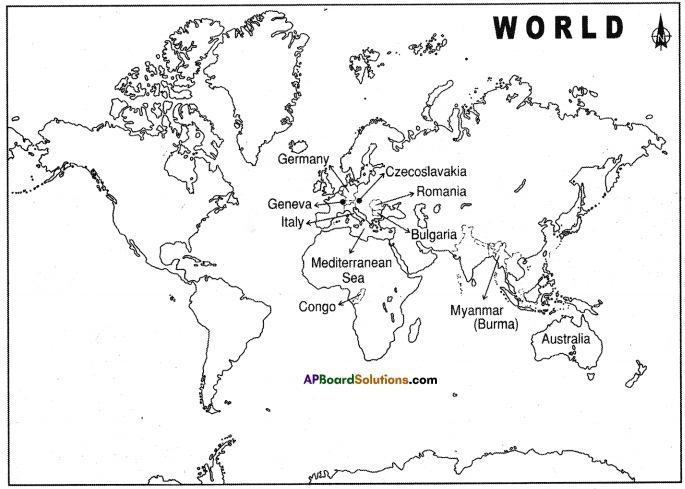
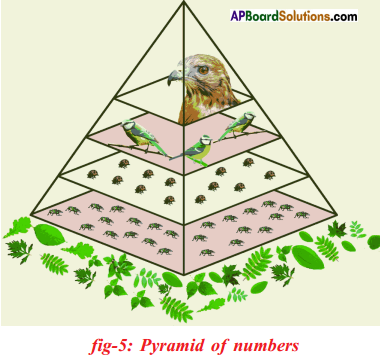
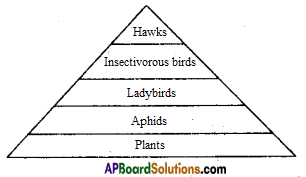
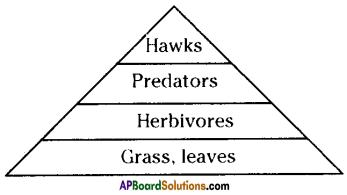

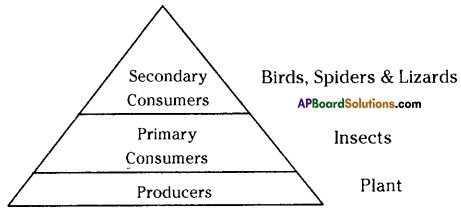
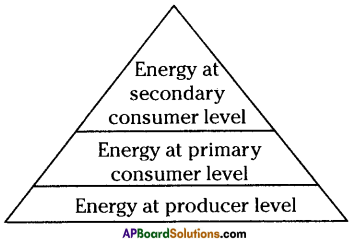
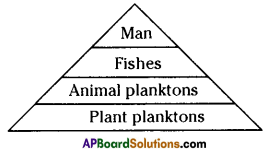
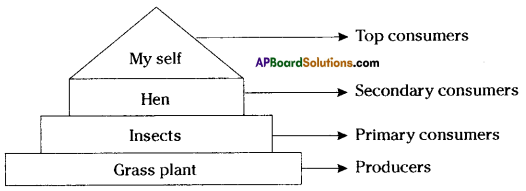

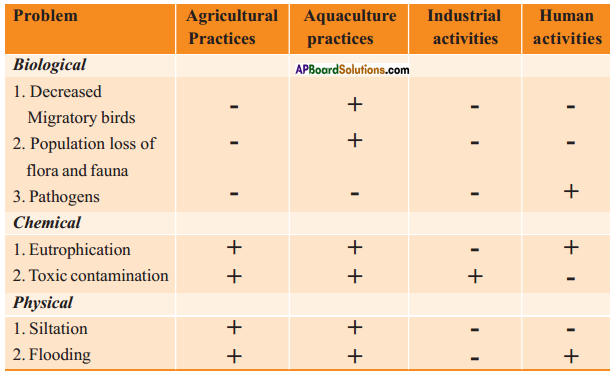 Legend:
Legend: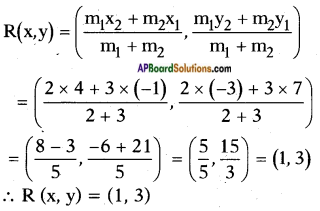

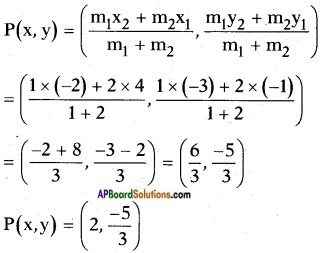
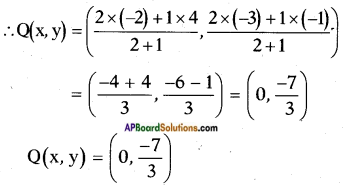
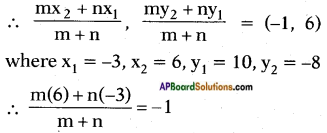

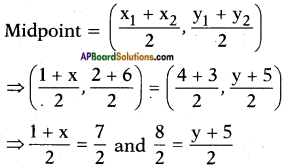
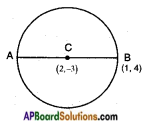
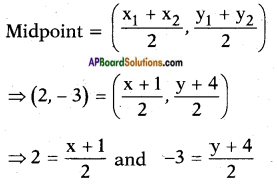
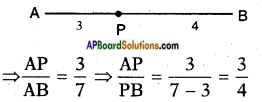
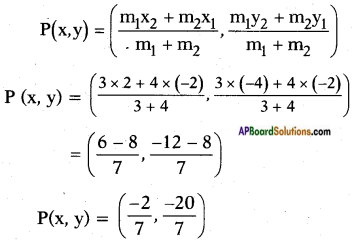

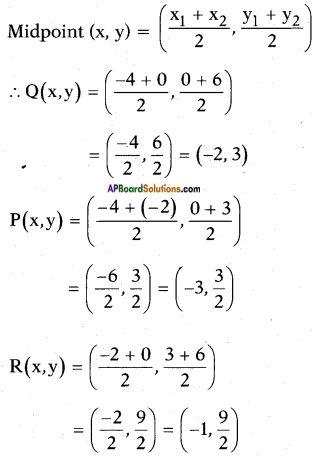

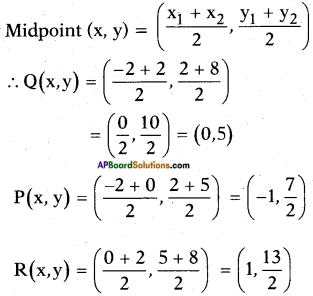
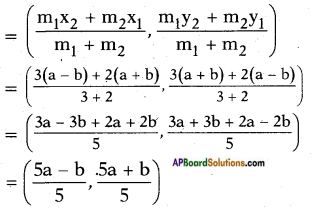
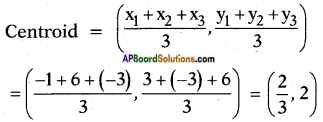
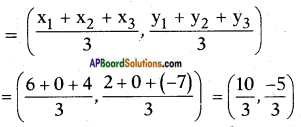
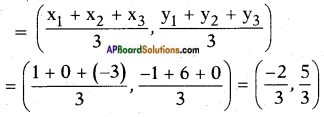
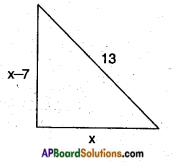
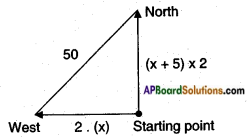
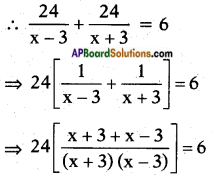
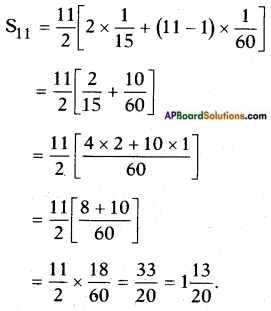
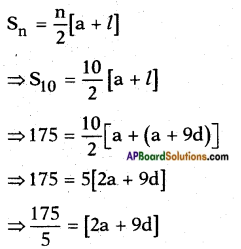
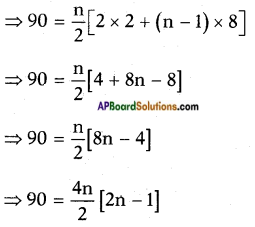

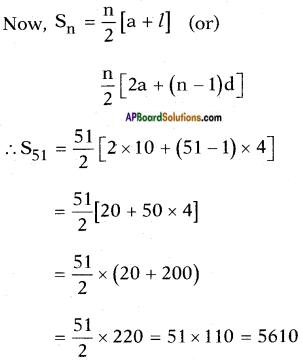
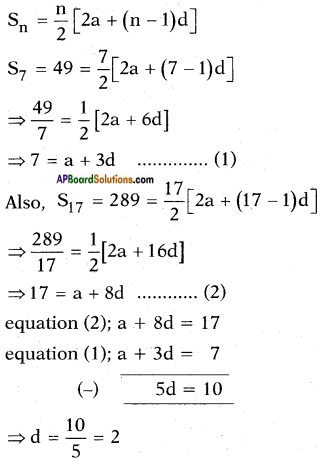
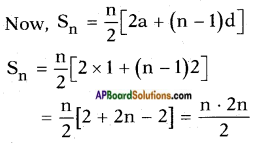
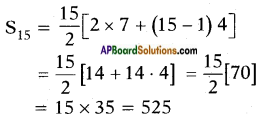


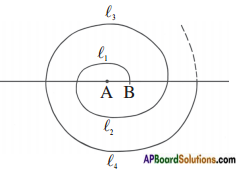

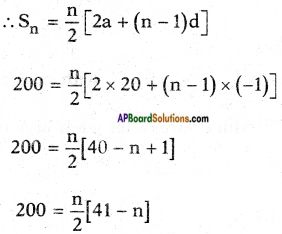


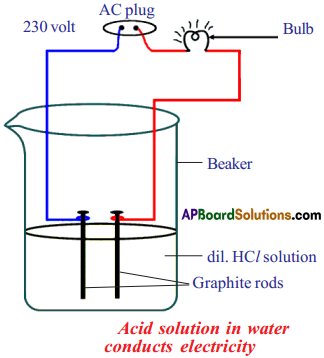
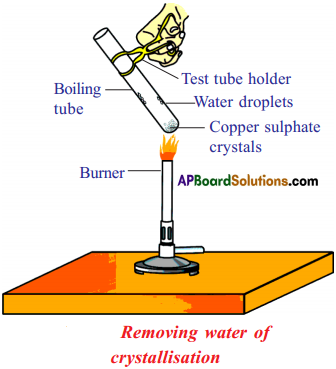
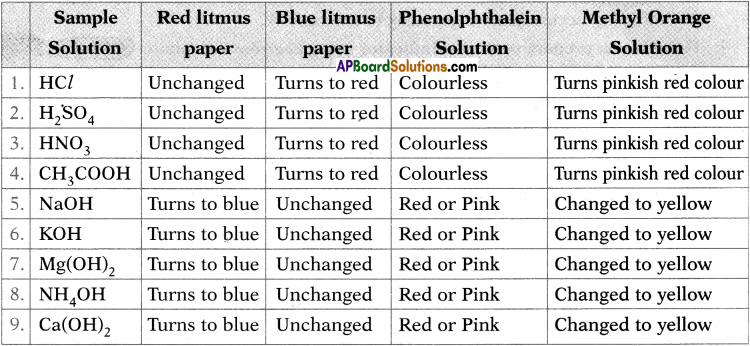

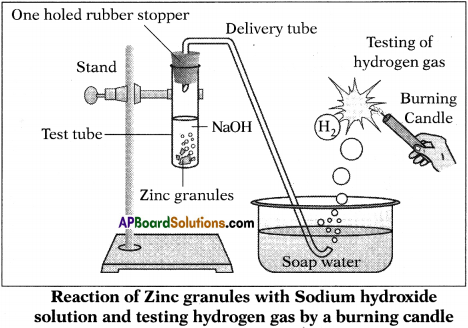

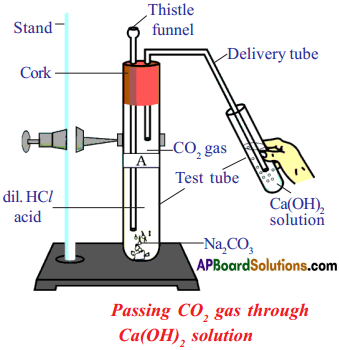
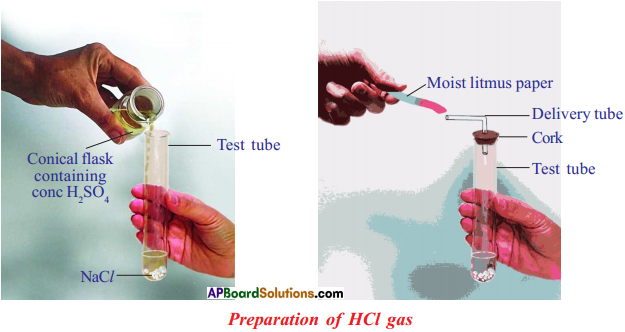
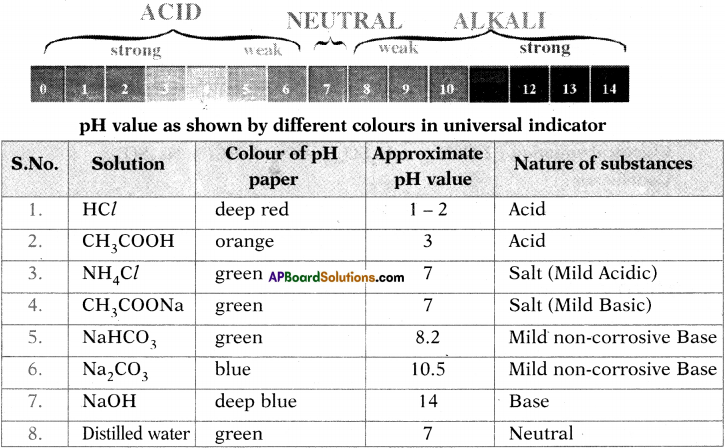
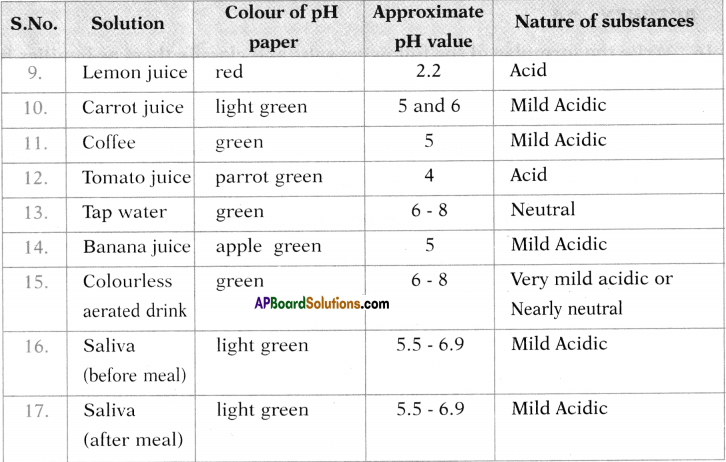

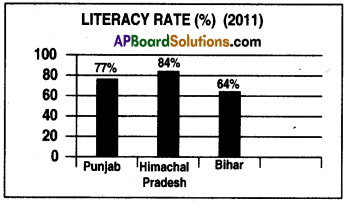 Observation:
Observation: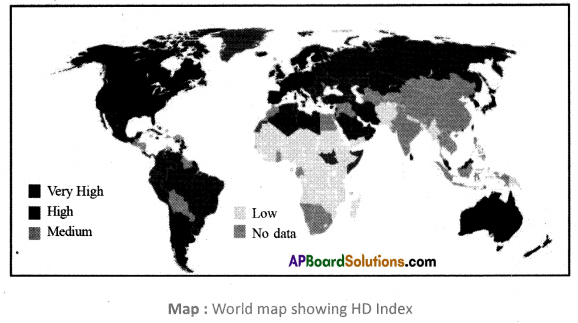
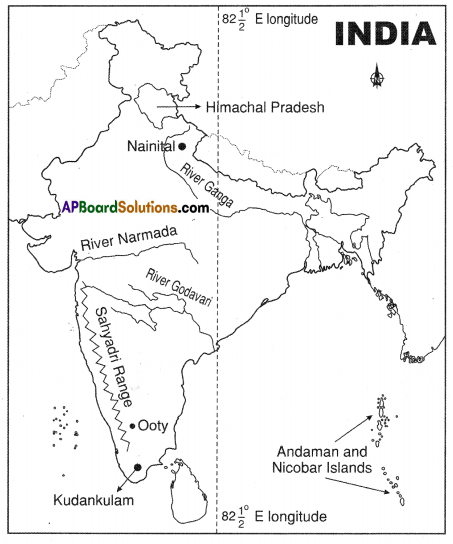



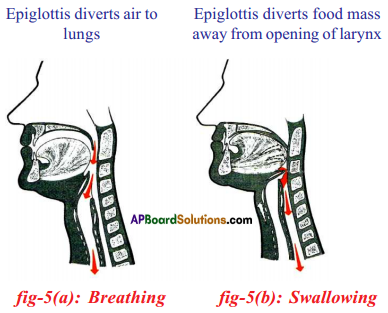
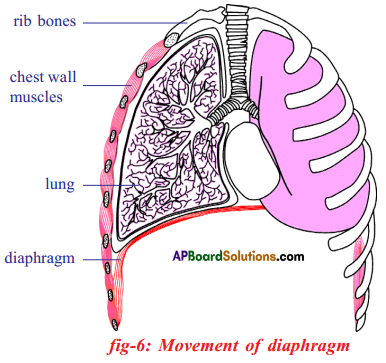
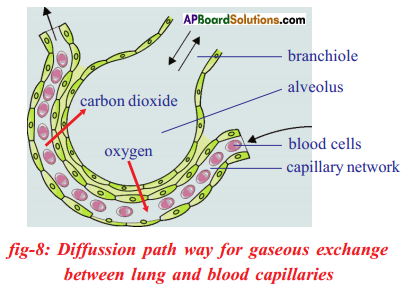


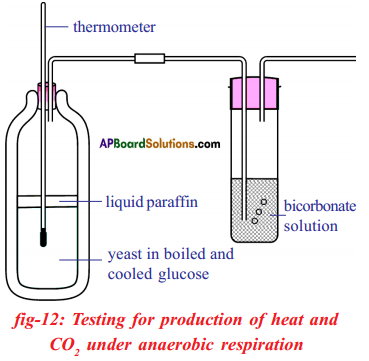
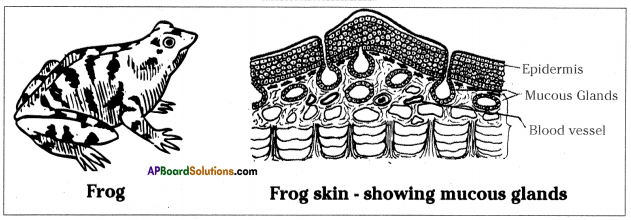
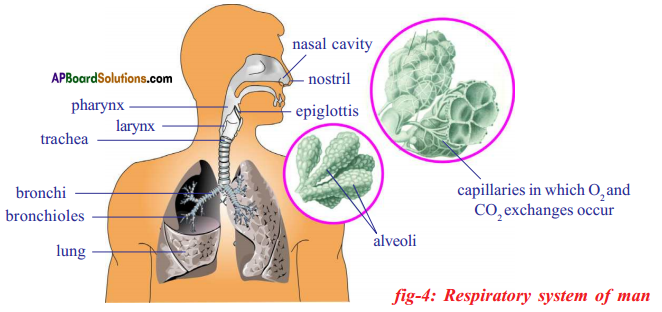


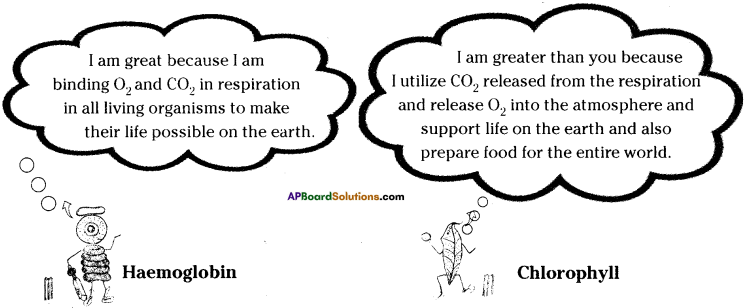
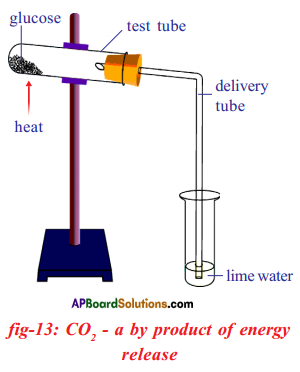
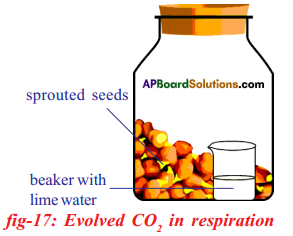
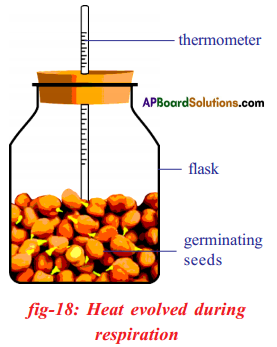
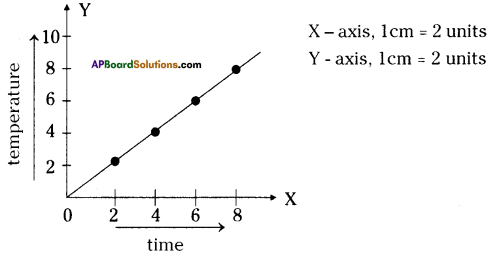

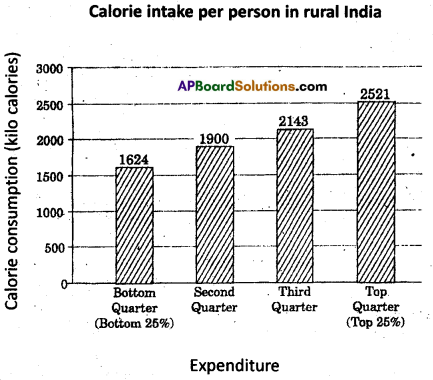 a) What percentage of people in rural India are consuming more calories than are required?
a) What percentage of people in rural India are consuming more calories than are required?